The founder of Yellow Sect of Tibetan Buddhism
Overview
Chinese Name: 宗喀巴
English Name: Je Tsongkhapa
Other Names: Losang Drakpa 罗桑扎巴, Zongkaba 宗喀巴
Born: October 10, 1357
Died: October 25, 1419
Achievements:
The founder of Gelug Sect of Tibetan Buddhism 藏传佛教格鲁派的创立者
Be honored by the Tibetans as the Second Buddha 藏族人尊称为第二佛陀
Main Works:
The Great Treatise on the Stages of the Path to Enlightenment 关于启蒙道路各阶段的伟大论述
The Great Exposition of Secret Mantra 密宗解释
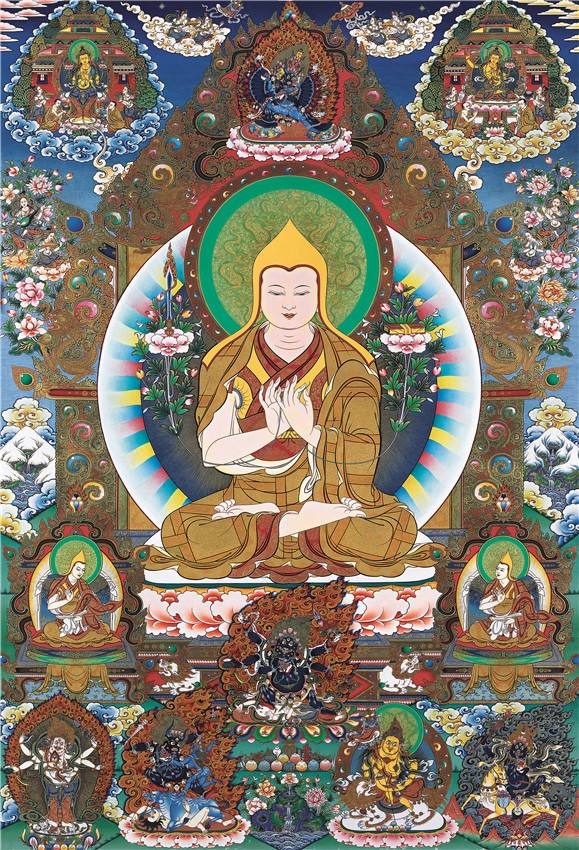
Brief Biography of Je Tsongkhapa
Je Tsongkhapa is the founder of the Gelug Sect (yellow sect) of Tibetan Buddhism and a Buddhist theorist. Lama temples in Tibet 西藏, Qinghai 青海, Inner Mongolia 内蒙古, Gansu 甘肃, Beijing 北京, and other regions of China have statues of Je Tsongkhapa, some of which are painted with clay and gold, and some are cast with steel.
Zongkaba’s real name is Losang Drakpa 罗桑扎巴 (sound wisdom is called optimistic), which is the name of the novice. Because he was born in “Dzongkha”, in order to show respect, people call the master “Je Tsongkhapa 宗喀巴” by place name. He is from Huangzhong District 湟中区, Qinghai Province 青海省.
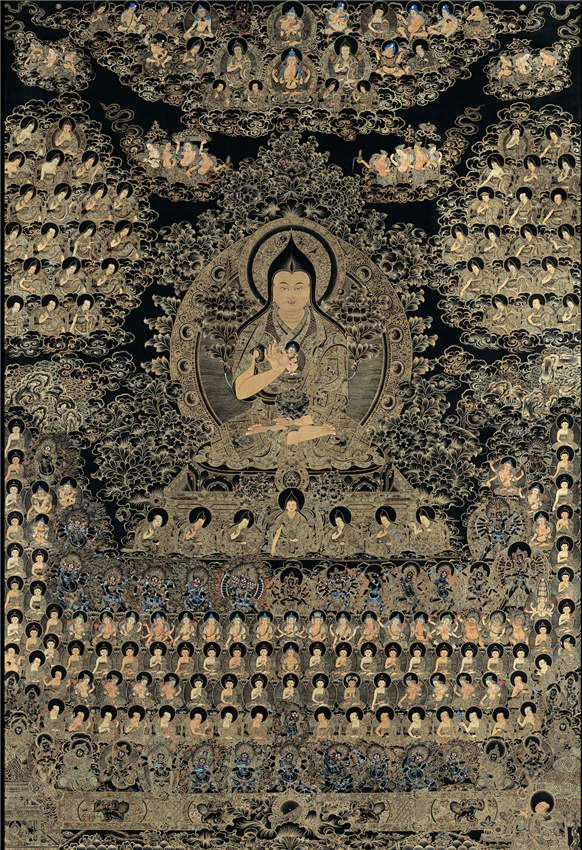
In 1419 (the 17th year of Yongle 永乐, Emperor Chengzu 成祖 of the Ming Dynasty), Je Tsongkhapa passed away in Gandan temple 甘丹寺 in Lhasa 拉萨, at the age of 63. When he passed away, he passed on his clothes and hats to Jia Caojie 贾曹杰, and then Jia Caojie inherited the position of Abbot of Gandan temple. In the history of Tibetan Buddhism, masters Je Tsongkhapa, Jiacaojie 嘉曹杰, and Kezhujie 克主杰 are collectively called “three masters and disciples 师徒三尊”.
Personal Life and Major Contributions
Expound Buddhist sutras
Je Tsongkhapa often expounded Buddhist sutras to others. At that time, he was able to speak 17 classics, including the representative works of Mahayana and Xianzong, without confusion and omission. People admire this very much and think that it is beyond the reach of ordinary people’s intelligence, and Je Tsongkhapa’s reputation is getting higher and higher.
When Je Tsongkhapa was three years old, a famous Lama Dunzhu Renqin 敦珠仁钦 nearby gave his father a lot of horses and sheep, and other goods. He asked to give the child to him and was accepted. From then on until he entered Tibet, he followed Dunzhu Renqin 敦珠仁钦 and learned a lot of scriptures.
In order to further study, at the age of 16 (1372), he said goodbye to Dunzhu Renqin 敦珠仁钦 and went to Tibet. At the age of 17, he arrived in the forest of Zhigong mountain 止公山 in the east of Lhasa. He listened to Mahayana’s initiation ritual 大乘发心仪轨, the five dharmas of Mahayana 大印五法, and the six dharmas of Nahari 拿热六法 in front of the Arin Boqie 阿仁波切’s seat in Zhigong temple 止公寺. Later, he went to the Jile temple 极乐寺 in the west of Lhasa and heard the scriptures from the auspicious lion 吉祥狮子and Shanman 善满.
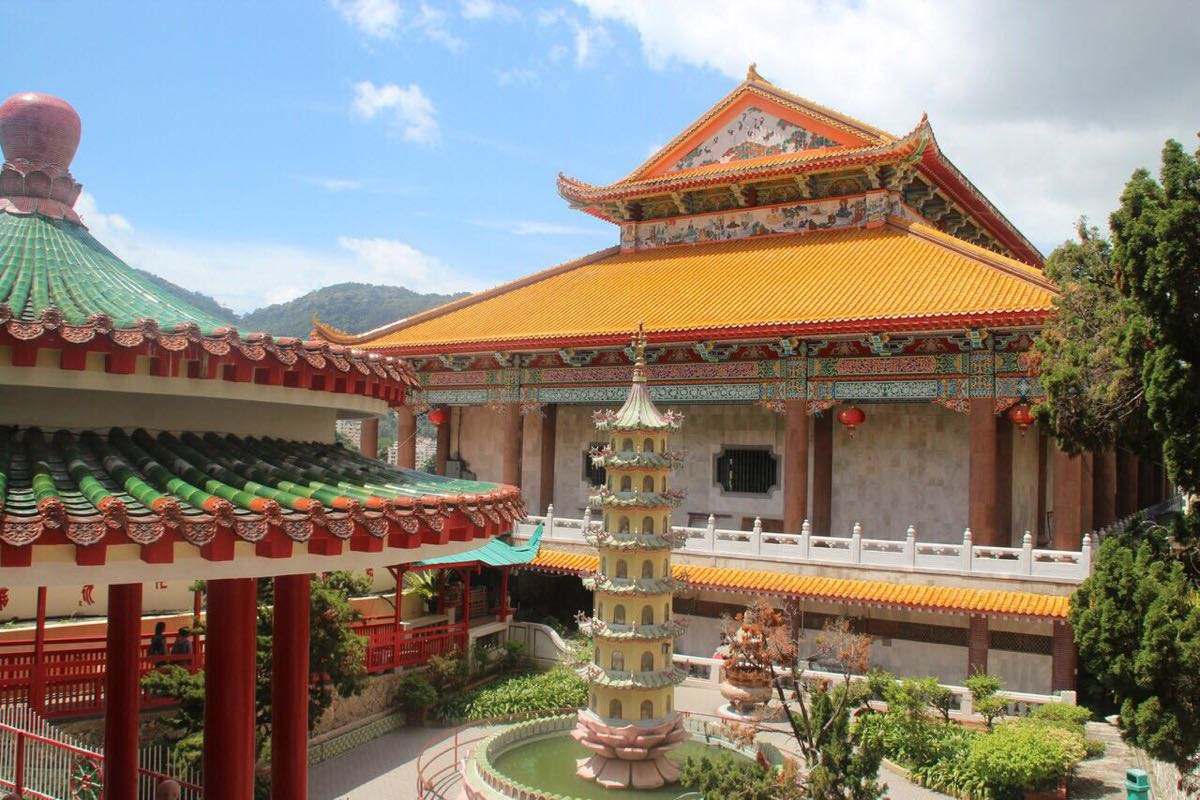
In the past few years, Je Tsongkhapa has learned a lot of explicit and secret scriptures. When he was 19 years old in Natang 那塘, he studied the solemn theory of present outlook 现观庄严论. In the summer of the following year, he went to Zeqin 泽钦 and asked Qing Xixiang 庆喜祥 to speak on the solemn theory of present outlook 现观庄严论. Qing Xixiang 庆喜 also introduced him to Indaba 仁达巴. Indaba’s learning and practice are good, so he became the most important teacher in his life.
Practice in seclusion
In the winter, Je Tsongkhapa heard from Huiming the fundamental Sutra of Pinaye 毗奈耶根本经 and its interpretation. At the age of 22, Indaba gave him lectures on Ji Lun 集论 and Ru Zhong Lun 入中论. After the autumn of that year, he closed his door to study and read scriptures. He had boundless confidence in the theory of Dharma.
In the spring of the year when he was 24, he went to Natang to listen to the notes of the theory of discharge 释量论 by the eminent monk Yixian 义贤. In the summer, he set up four sects of “Shi Liang 释量”, “Ji Lun 集论”, “Ju she 俱舍”, and “commandments 戒律” in Natang. At the same time, he learned many secret laws.
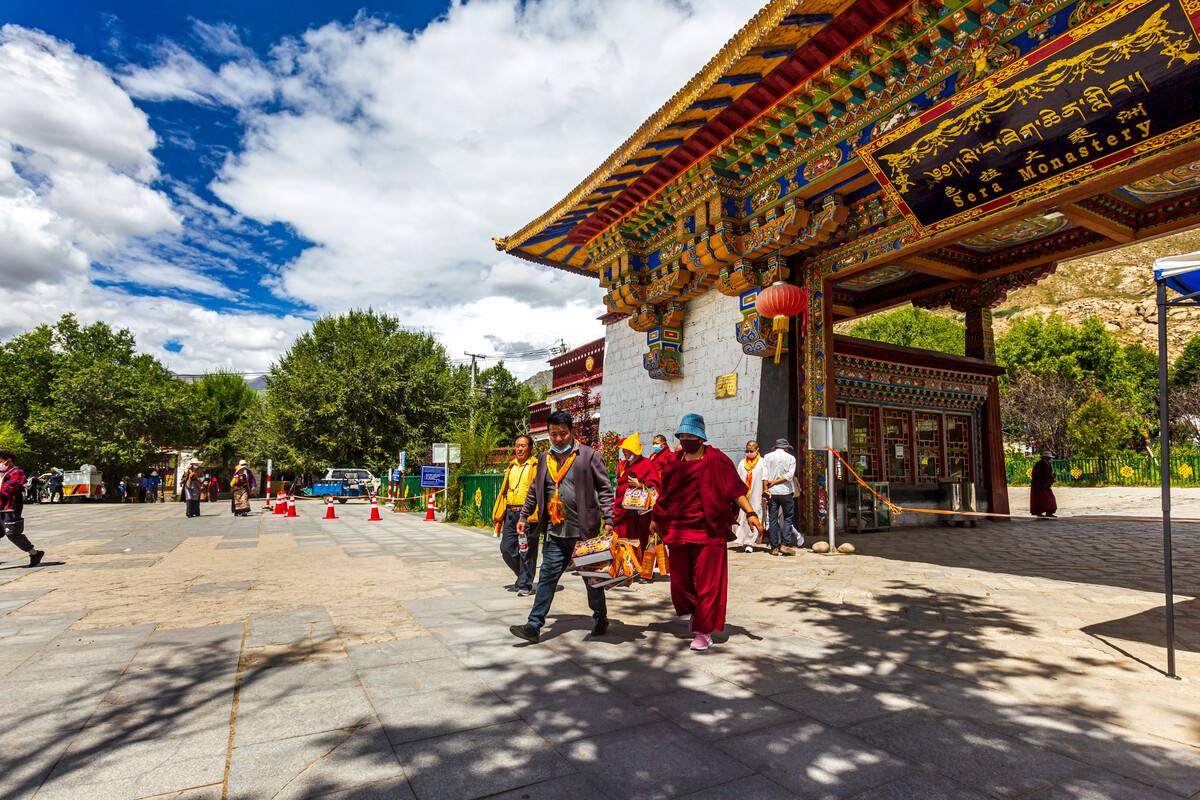
In autumn, he learned poetry from Kongxian 空贤 in Ai temple 蔼寺 and received the inheritance of the important scriptures of Zhongguanzong 中观宗 from the abbot Qingxi 庆喜 of Natang. At that time, there were few people in Tibet who inherited the theories of Zhongguanzong. Because Je Tsongkhapa was inherited and publicized, many people later received the inheritance of the theories of Zhongguanzong.
Study and practice hard
When Tibetan Buddhism developed during the age of Je Tsongkhapa, the powerful Kaju 噶举, Sakya 萨迦, and other sects were decadent in Buddhist discipline and essence, and the political struggle became the dominant force of the upper class of Buddhism. When Je Tsongkhapa saw these phenomena, he was extremely distressed, so he decided to reform religion.
At the age of 38, Je Tsongkhapa changed to wearing a yellow peach-shaped monk hat, indicating that he was different from other sects and practitioners who broke the precepts. He was determined to inherit and observe the precepts prescribed by Indian Master Sakyamuni 释迦室利. His call and action have been actively supported by the local government of Pazhu 帕竹, and also warmly welcomed by the broad masses of monks and laymen.
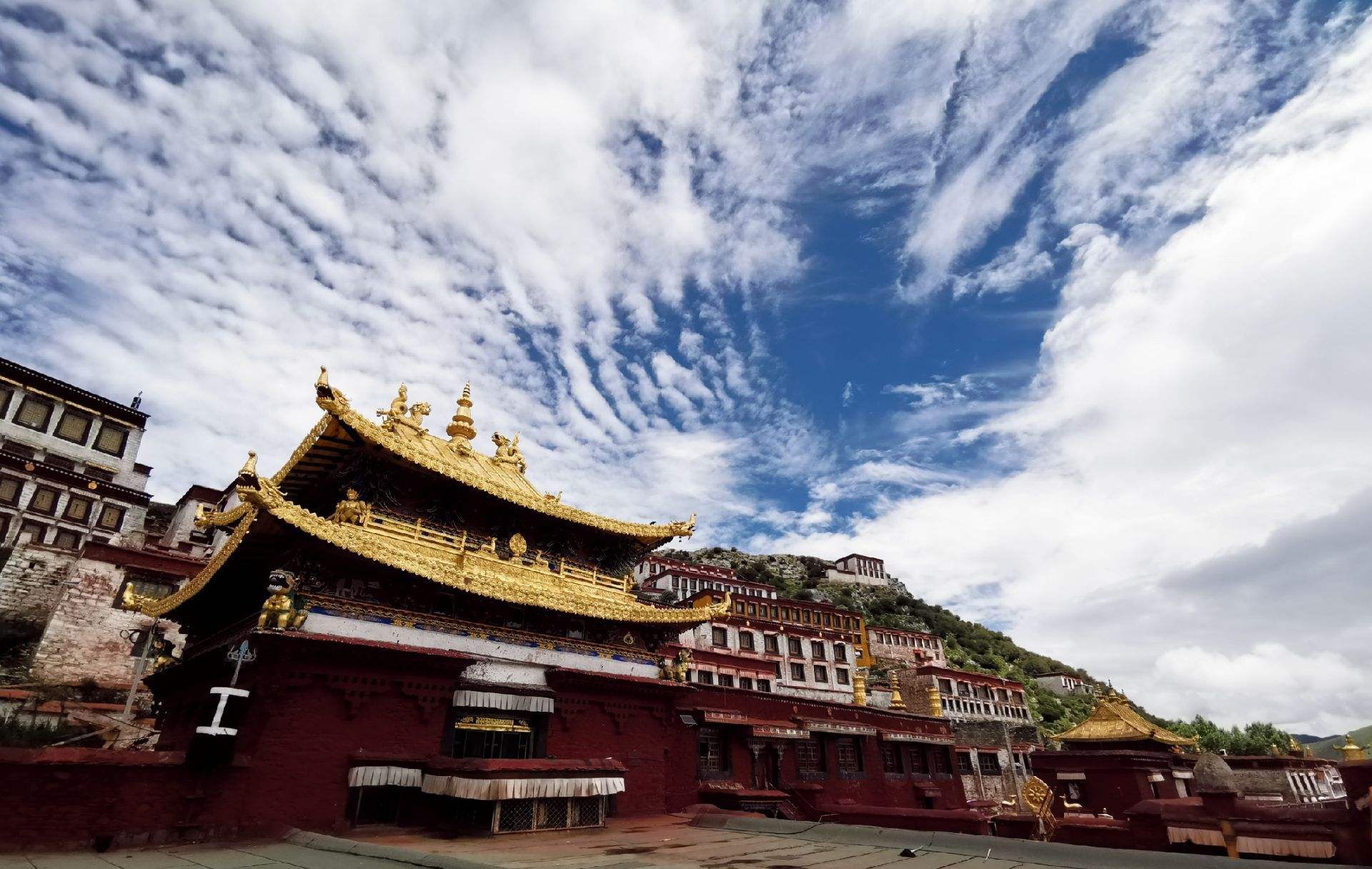
In 1409, master Je Tsongkhapa founded Gandan temple 甘丹寺 in Lhasa and served as the first Dharma. In 1416, his disciple Jiang Yang Quejie 绛央却杰 built the Drepung temple 哲蚌寺. From 1418 to 1419, his disciple Jiang Qin Quejie built the Sera temple 色拉寺 with a large number of gifts brought back from the Ming Dynasty. Gandan, Drepung, and Sera are collectively called the three major temples in Lhasa and became the central temple of the six jungles of the Gelug Sect 格鲁派.